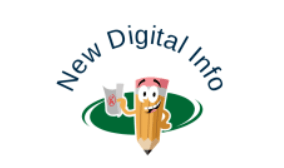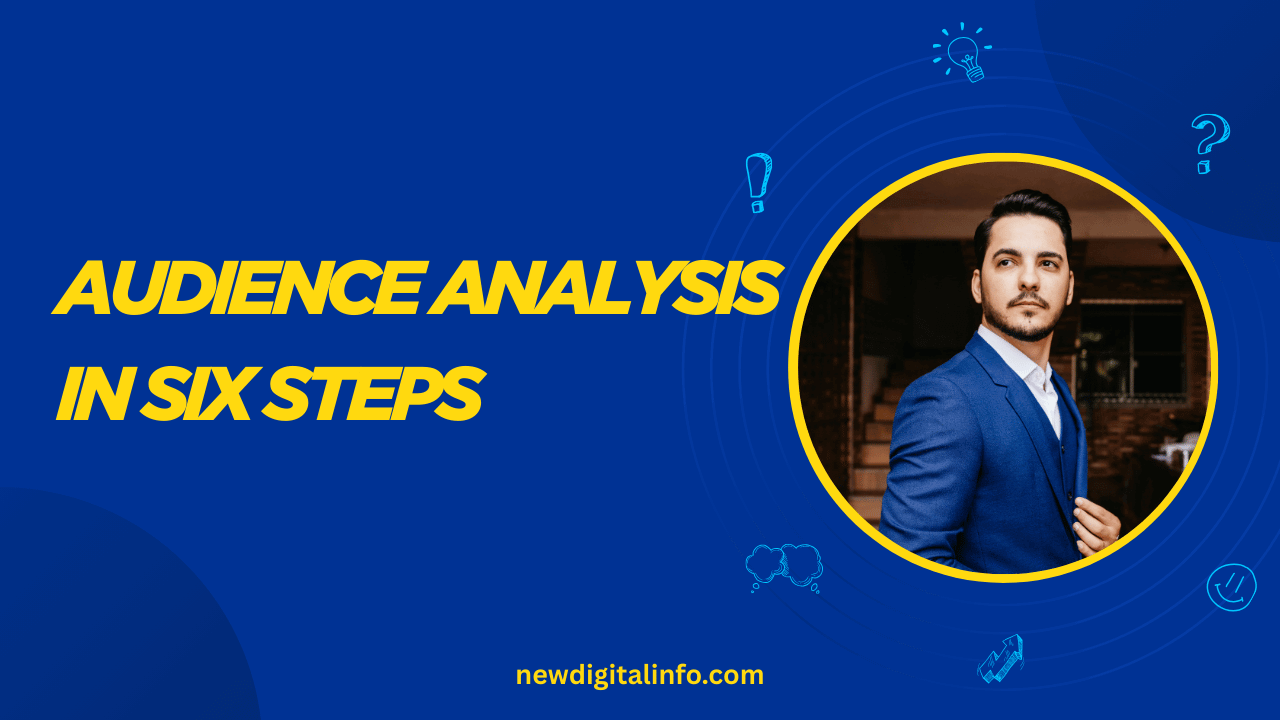Understanding your audience is the foundation of any successful marketing campaign, presentation, or content strategy. But how exactly do you analyze an audience effectively? In this guide, we break it down into six practical steps so you can connect with your audience meaningfully and strategically.
What is Audience Analysis?
Audience analysis is the process of identifying and understanding the characteristics, needs, expectations, and behaviors of your target audience. Whether you’re crafting a marketing message, speech, or social media strategy, analyzing your audience ensures your communication is relevant, persuasive, and effective.
How to Conduct Effective Audience Analysis in Six Steps
Step 1: Define Your Purpose and Goals
- Start with clarity. What are you trying to achieve with your message?
- Are you informing, persuading, or entertaining?
- Do you want your audience to take a specific action?
Defining your communication goals sets the direction for the entire analysis and helps you align your message accordingly.
Step 2: Identify Your Target Audience
Get specific about who your audience is.
This could include:
Demographics: Age, gender, education level, occupation
Psychographics: Interests, values, lifestyle
Behavior: Online habits, purchasing decisions, brand loyalty
Use tools like Google Analytics, CRM data, surveys, or social media insights to gather this information.
Step 3: Segment the Audience
Your audience isn’t one-size-fits-all. Segmenting them allows you to tailor your messages better.
Common ways to segment include:
- Geographic location
- Buying behavior
- Level of engagement
- Pain points and needs
For example, new customers might need basic information, while long-time customers might prefer advanced content or loyalty offers.
Step 4: Understand Audience Needs and Challenges
Ask yourself:
- What are their pain points?
- What questions are they asking?
- What problems are they trying to solve?
Use surveys, social listening, reviews, or Q&A sites (like Quora or Reddit) to tap into real audience concerns. This makes your content more relevant and empathetic.
Step 5: Choose the Right Communication Channels
- Where does your audience spend their time?
- Are they active on Instagram or LinkedIn?
- Do they read blogs or prefer podcasts?
- Are emails or webinars more effective?
Selecting the right channel ensures your message actually reaches your audience and fits their consumption habits.
Step 6: Tailor Your Message and Tone
- Now, adapt your message based on all your findings.
- Use the right language (formal, casual, industry-specific, etc.)
- Highlight benefits that matter most to them
- Include examples or case studies relevant to their situation
This personal touch makes your message resonate more and increases engagement.
Why Audience Analysis Matters
- Boosts engagement
- Improves conversion rates
- Enhances customer loyalty
- Helps avoid miscommunication
- Supports long-term marketing success
By understanding your audience deeply, you’re not just throwing out content—you’re creating valuable connections.
FAQs About Audience Analysis
Q1: How often should I conduct audience analysis?
A: Ideally, you should review your audience analysis quarterly or whenever you launch a new campaign, product, or service.
Q2: What tools can I use for audience analysis?
A: Popular tools include Google Analytics, HubSpot, Facebook Insights, Hootsuite, SurveyMonkey, and SEMrush.
Q3: Is audience analysis only for marketers?
A: No! It’s also useful for public speakers, educators, business leaders, content creators, and anyone communicating with an audience.
Conclusion
Audience analysis isn’t just a nice-to-have—it’s essential for creating messages that move people to action. By following these six steps, you can build stronger connections, deliver more value, and ultimately achieve your communication goals.










